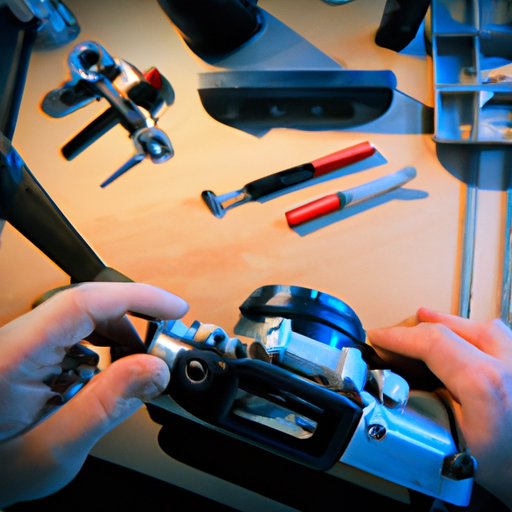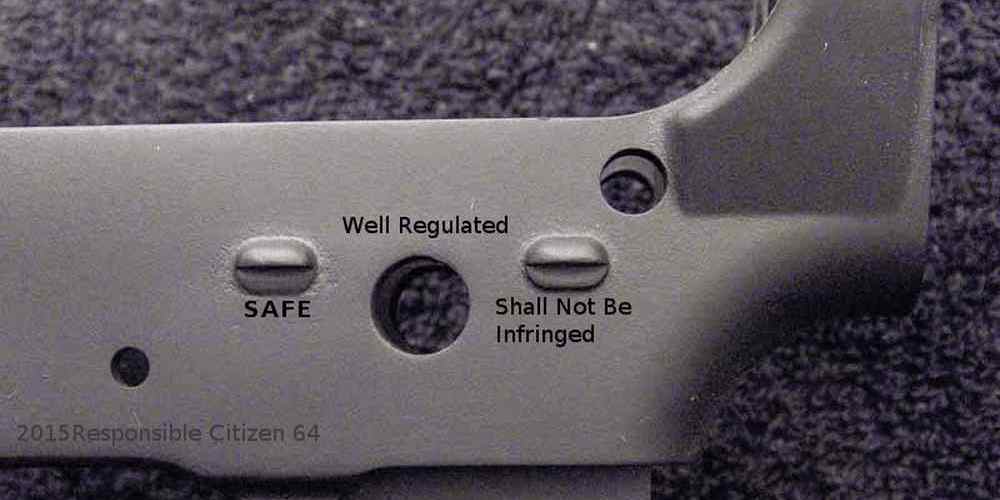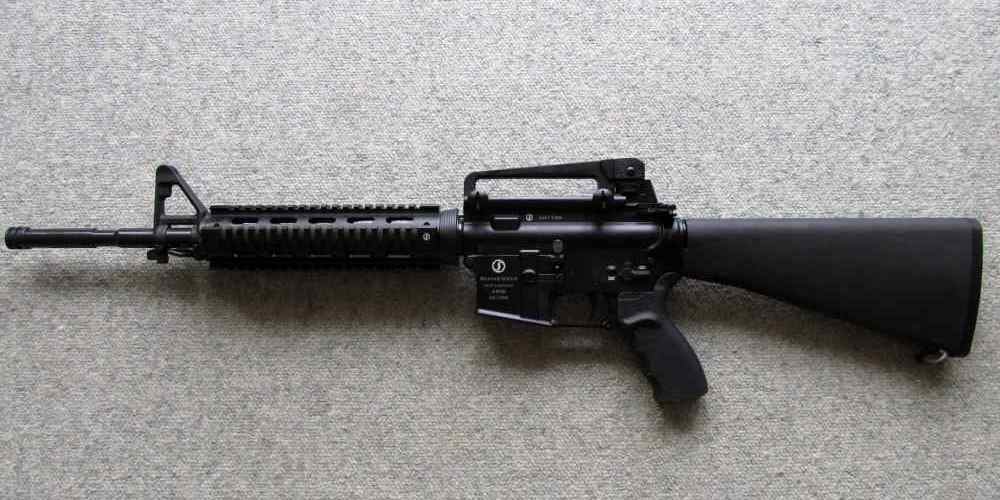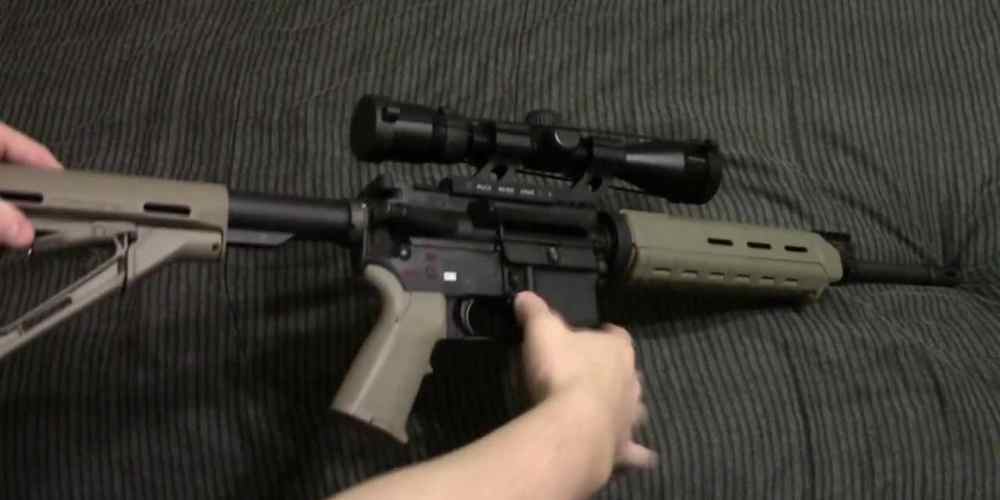“Repair your firearms with confidence – know the parts, understand their function, and find the right parts!”
Introduction
Firearms are an important part of many people’s lives, whether they are used for hunting, target shooting, or self-defense. Knowing how to repair your firearms is an important skill to have, as it can save you time and money. It is important to understand the parts of your firearm and how they function, as well as how to find the right parts for your firearm. This guide will provide you with the information you need to repair your firearms, understand the parts and their functions, and find the right parts for your firearm.
How to Diagnose Common Problems with Your Firearm
1. Check the Ammunition: The first step in diagnosing common problems with your firearm is to check the ammunition. Make sure the ammunition you are using is the correct caliber for your firearm. If you are using the wrong caliber, it can cause a variety of issues, including misfires, jams, and other malfunctions.
2. Check the Magazine: If you are having issues with your firearm, the next step is to check the magazine. Make sure the magazine is properly loaded and that the spring is in good condition. If the magazine is damaged or worn, it can cause feeding issues.
3. Check the Action: If the magazine is in good condition, the next step is to check the action. Make sure the action is clean and free of debris. If the action is dirty or clogged, it can cause jams and other malfunctions.
4. Check the Barrel: The next step is to check the barrel. Make sure the barrel is clean and free of obstructions. If the barrel is dirty or clogged, it can cause misfires and other issues.
5. Check the Sights: The last step is to check the sights. Make sure the sights are properly aligned and that the sight picture is clear. If the sights are misaligned or the sight picture is blurry, it can cause accuracy issues.
If you have checked all of these components and are still having issues with your firearm, it may be time to take it to a gunsmith for further diagnosis.
Understanding the Different Parts of Your Firearm and Their Functions

Firearms are complex pieces of machinery, and understanding the different parts and their functions is essential for safe and effective use. Let’s take a look at the different parts of a typical firearm and what they do.

The Barrel: The barrel is the long tube that the bullet travels through when the gun is fired. It is usually made of steel and is designed to contain and direct the expanding gases that propel the bullet.
The Receiver: The receiver is the main body of the firearm. It houses the firing mechanism, the magazine, and the barrel.
The Trigger: The trigger is the part of the gun that is pulled to fire the gun. It is usually made of metal and is connected to the firing mechanism.
The Firing Mechanism: The firing mechanism is the part of the gun that ignites the primer and propellant in the cartridge, causing the bullet to be fired.
The Magazine: The magazine is the part of the gun that holds the cartridges. It is usually made of metal and is inserted into the receiver.
The Sights: The sights are the parts of the gun that are used to aim the gun. They are usually adjustable and can be used to adjust the point of aim.
The Stock: The stock is the part of the gun that is held against the shoulder when firing. It is usually made of wood or plastic and is designed to provide stability and comfort when shooting.
The Safety: The safety is the part of the gun that prevents it from being fired accidentally. It is usually a switch or lever that must be engaged before the gun can be fired.
These are the main parts of a typical firearm and their functions. Knowing how each part works and how to use them safely is essential for safe and effective use of firearms.
Tips for Finding the Right Replacement Parts for Your Firearm
1. Research the make and model of your firearm: Before you start looking for replacement parts, make sure you know the exact make and model of your firearm. This will help you narrow down your search and ensure you get the right parts for your gun.
2. Check the manufacturer’s website: Many manufacturers have websites where you can find replacement parts for their firearms. This is a great place to start your search as you can be sure you’re getting the right parts for your gun.
3. Ask your local gun shop: If you’re having trouble finding the right parts online, your local gun shop may be able to help. They may have the parts you need in stock or be able to order them for you.
4. Look for online retailers: There are many online retailers that specialize in selling firearm parts. These retailers often have a wide selection of parts and can be a great resource for finding the right parts for your gun.
5. Check online forums: Online forums are a great place to ask questions and get advice from other gun owners. You may be able to find someone who has the same make and model of firearm as you and can provide advice on where to find the right parts.
6. Consider used parts: If you’re having trouble finding the right parts, you may want to consider buying used parts. Used parts can be a great way to save money and still get the parts you need. Just make sure you inspect the parts carefully before you buy them.
The Benefits of Regular Maintenance and Cleaning for Your Firearm
Regular maintenance and cleaning of your firearm is essential for keeping it in top condition and ensuring it functions properly. Here are some of the benefits of regular maintenance and cleaning:
1. Improved Performance: Regular maintenance and cleaning of your firearm will help to keep it in top condition and ensure it performs as it should. This includes checking for any wear and tear, cleaning the barrel, and lubricating the moving parts.
2. Increased Safety: Regular maintenance and cleaning of your firearm will help to ensure it is safe to use. This includes checking for any signs of damage or wear and tear, as well as ensuring the firearm is properly lubricated and free of any debris or dirt.
3. Longer Lifespan: Regular maintenance and cleaning of your firearm will help to extend its lifespan. This includes checking for any signs of wear and tear, as well as ensuring the firearm is properly lubricated and free of any debris or dirt.
4. Improved Accuracy: Regular maintenance and cleaning of your firearm will help to ensure it is accurate. This includes checking for any signs of wear and tear, as well as ensuring the firearm is properly lubricated and free of any debris or dirt.
Overall, regular maintenance and cleaning of your firearm is essential for keeping it in top condition and ensuring it functions properly. This includes checking for any signs of wear and tear, cleaning the barrel, and lubricating the moving parts. Doing so will help to improve performance, increase safety, extend the lifespan, and improve accuracy.
How to Safely Disassemble and Reassemble Your Firearm
Disassembling and reassembling your firearm is an important part of gun ownership. It’s important to know how to do it safely and correctly. Here’s a step-by-step guide to help you do just that.
1. Make sure your firearm is unloaded. Double-check that the chamber is empty and there are no rounds in the magazine.
2. Remove the magazine and any other accessories from the firearm.
3. Check the chamber again to make sure it’s empty.
4. Lock the slide back and remove the slide stop.
5. Pull the slide off the frame.
6. Remove the recoil spring and barrel from the slide.
7. Separate the barrel from the slide.
8. Remove the firing pin and firing pin spring from the slide.
9. Remove the extractor and extractor spring from the slide.
10. Remove the trigger assembly from the frame.
11. Remove the hammer and hammer spring from the frame.
12. Remove the sear and sear spring from the frame.
13. Remove the safety and safety spring from the frame.
14. Reassemble the firearm in the reverse order.
15. Check the firearm to make sure it’s functioning properly.
That’s it! You’ve successfully disassembled and reassembled your firearm. Remember to always practice gun safety and follow all local laws and regulations.
Conclusion
Repairing firearms is a complex task that requires knowledge of the parts and how they function. Knowing the parts and their functions is essential to finding the right parts for the job. With the right knowledge and tools, anyone can repair their firearms and keep them in good working order. Taking the time to learn about firearms and their parts is an important step in ensuring that your firearms are safe and reliable.








